8.5% Inflation: What Consumers Are Doing to Get By
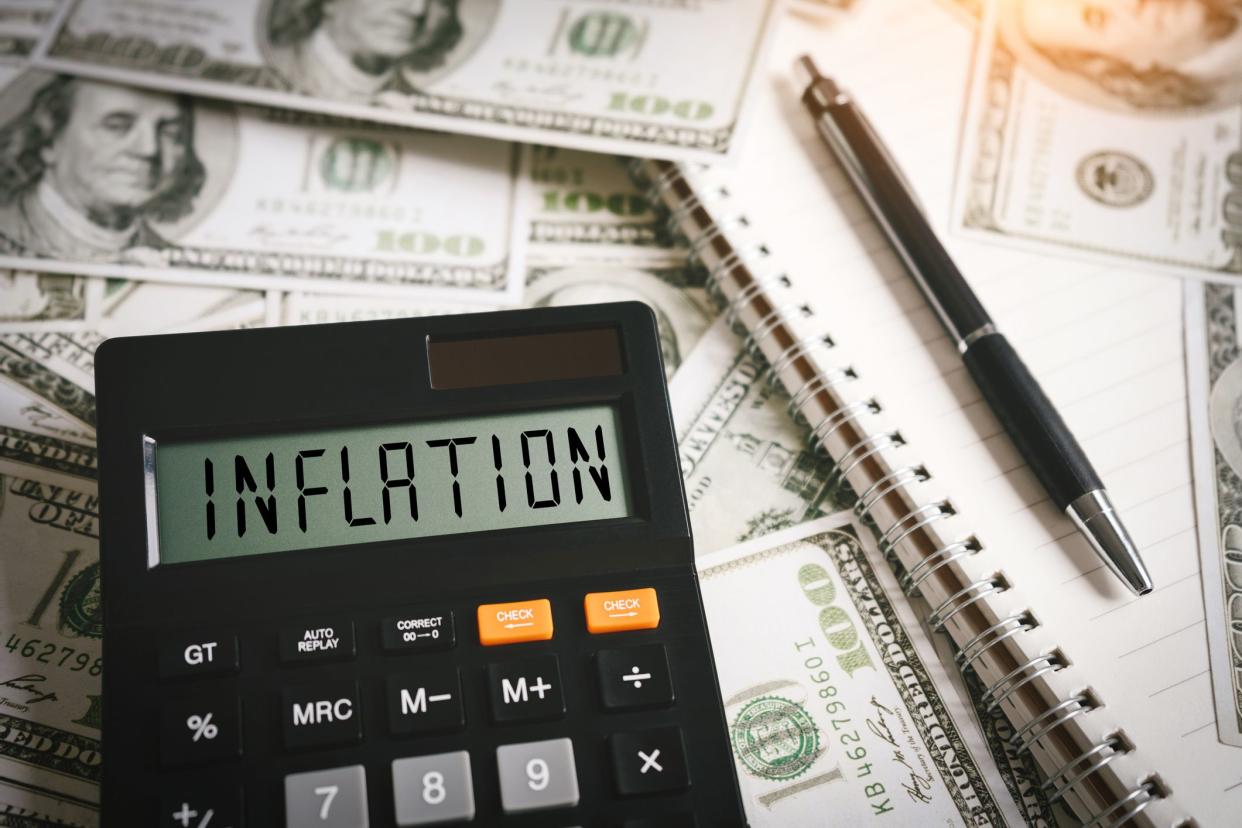
The rapid rise in prices at grocery stores, gas pumps, restaurants, and other places shows no sign of stopping. Inflation rose at an 8.5% clip in July compared to a year ago, the Labor Department said Wednesday, and consumers are looking for ways to cope. A Forbes Advisor/OnePoll survey found the run-up in costs has prompted many U.S. consumers to reevaluate how they shop, spend, and socialize in 10 ways (and sticker shock-induced hissy fits aren't among them).
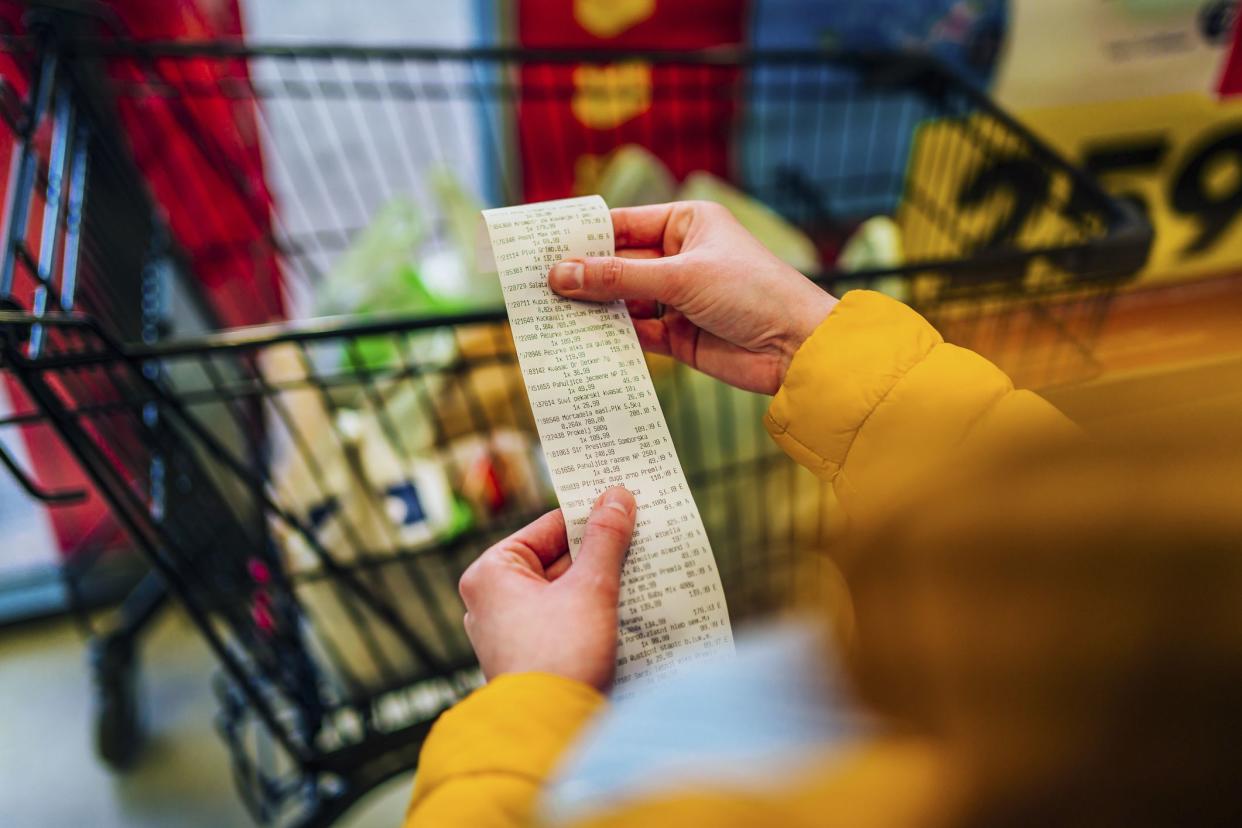
Forty-five percent of consumers have admitted to changing their shopping habits in favor of cheaper alternatives. But that's not the only alteration to grocery store protocol: 51% of shoppers also said they have cut back on nonessential purchases, and 39% are buying less to offset rising costs.

Consumers are taking fewer Sunday drives and road trips, with 55% cutting back on how often they're making nonessential trips to save money on transportation, and 20% are taking fewer long journeys. Even as gas prices are starting to come down, 24% of drivers are putting less fuel in their cars to reduce the pain at the pump.

Postmates and DoorDash are convenient ways to have meals delivered, but nothing beats a home-cooked meal, especially if you're trying to save money. Nearly half of consumers (49%) said that they are cooking their meals more frequently at home as food prices have risen. And home chefs aren't letting the excess food go to waste either — 46% households are eating leftovers more often.

Never underestimate the power of a good thrift store and leave no clothing store clearance rack behind as you hunt for the best clothing prices. Two in 5 survey respondents have opted for discounted clothes rather than pay full price.
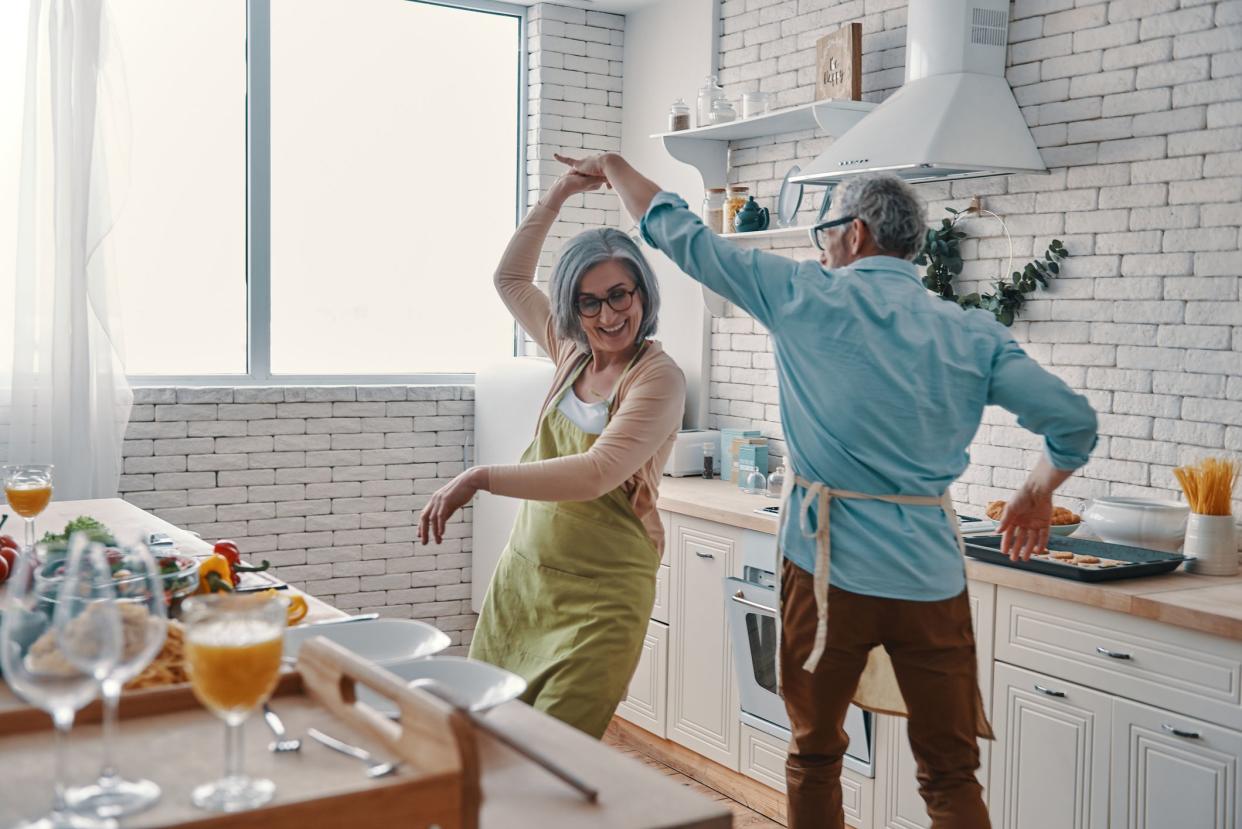
There's certainly an allure to having someone else prepare a meal for you and your date while you enjoy the ambiance of a restaurant, but consumers are starting to appreciate the intimacy of at-home dates instead. The survey found that 62% of households reported that they are dining out less frequently to save money, and 84% of consumers have reduced the amount spent on dining out, making it the most common spending cut.
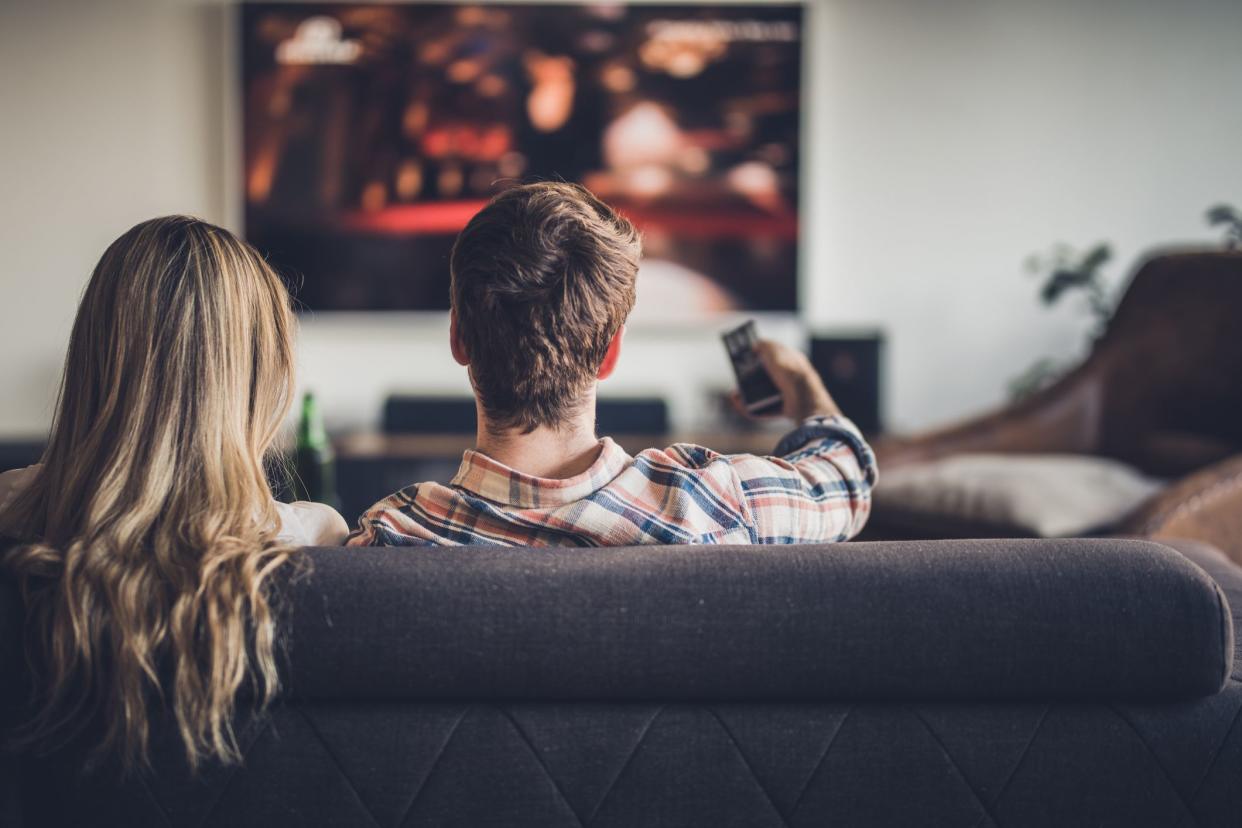
Though concerts, festivals, and a night at the movie theater used to be commonplace when hanging out with friends and socializing, 39% of consumers are participating less often in leisure activities. A third of survey respondents also said that they're maing social plans less often, with nearly the same amount saying they are hanging out with friends and family at home instead of going out.
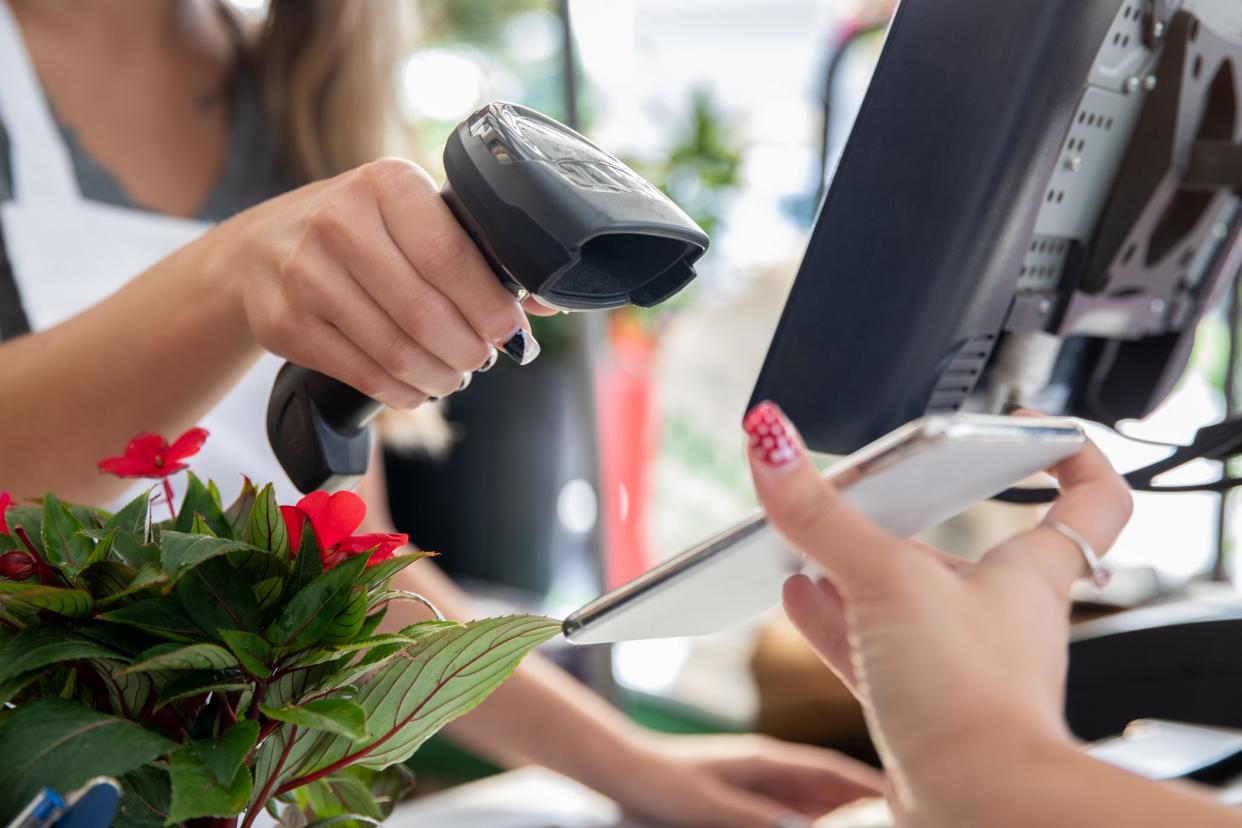
The days of receiving coupon sheets in the mail and clipping out the ones that catch your eye with a pair of scissors may be dwindling, but coupon apps and store-specific electronic coupons are helping to fill the void and then some. With such widespread accessibility to coupons, 37% of consumers said they are using them more often.

Inflation is even changing the way consumers drink. Nineteen percent are spending less on alcohol when they dine out, and 17% are spending less on alcohol consumed at home.
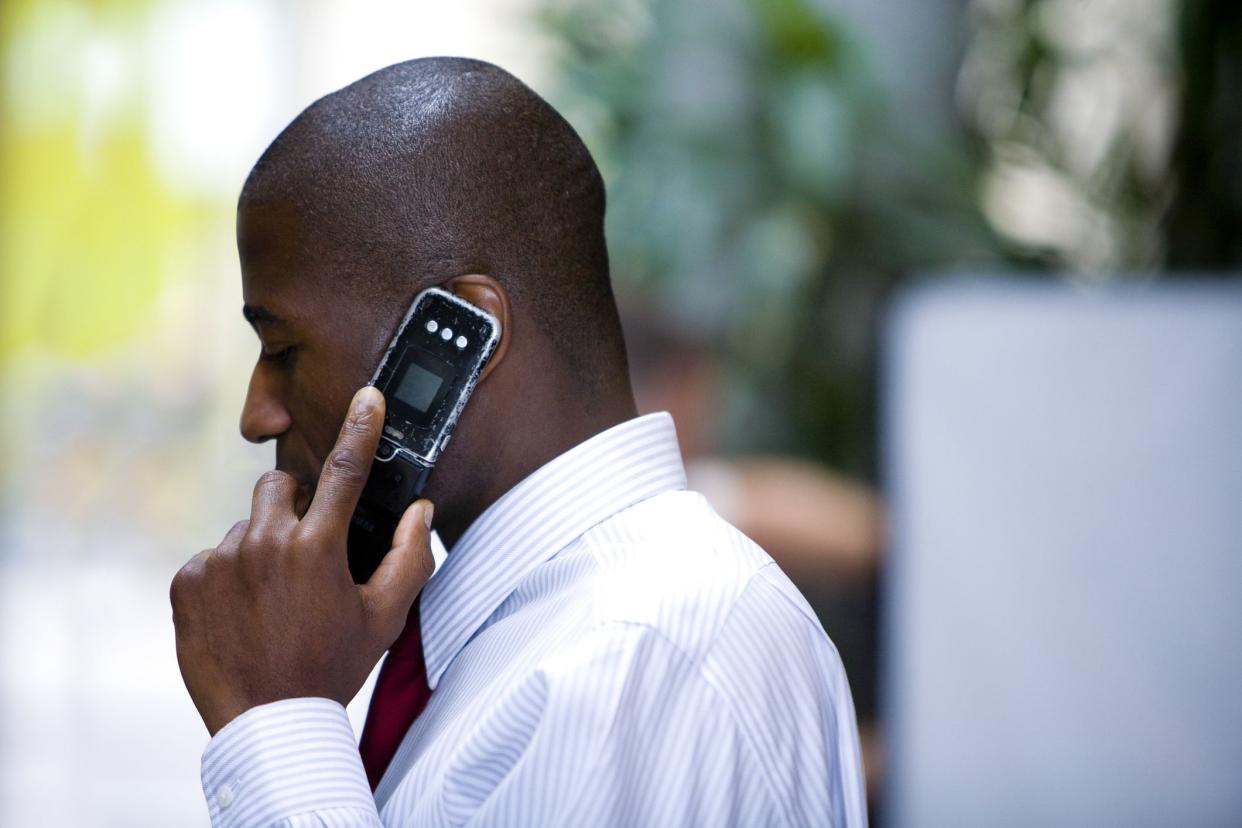
Having the newest smartphone, tablet, or other electronic device is a passion for many consumers, but others are reassessing the need for the latest gadget and sticking with older technology. One-third of consumers have reduced the amount they spend on gadgets and technology, with 1 in 5 admitting that they are using outdated technology.
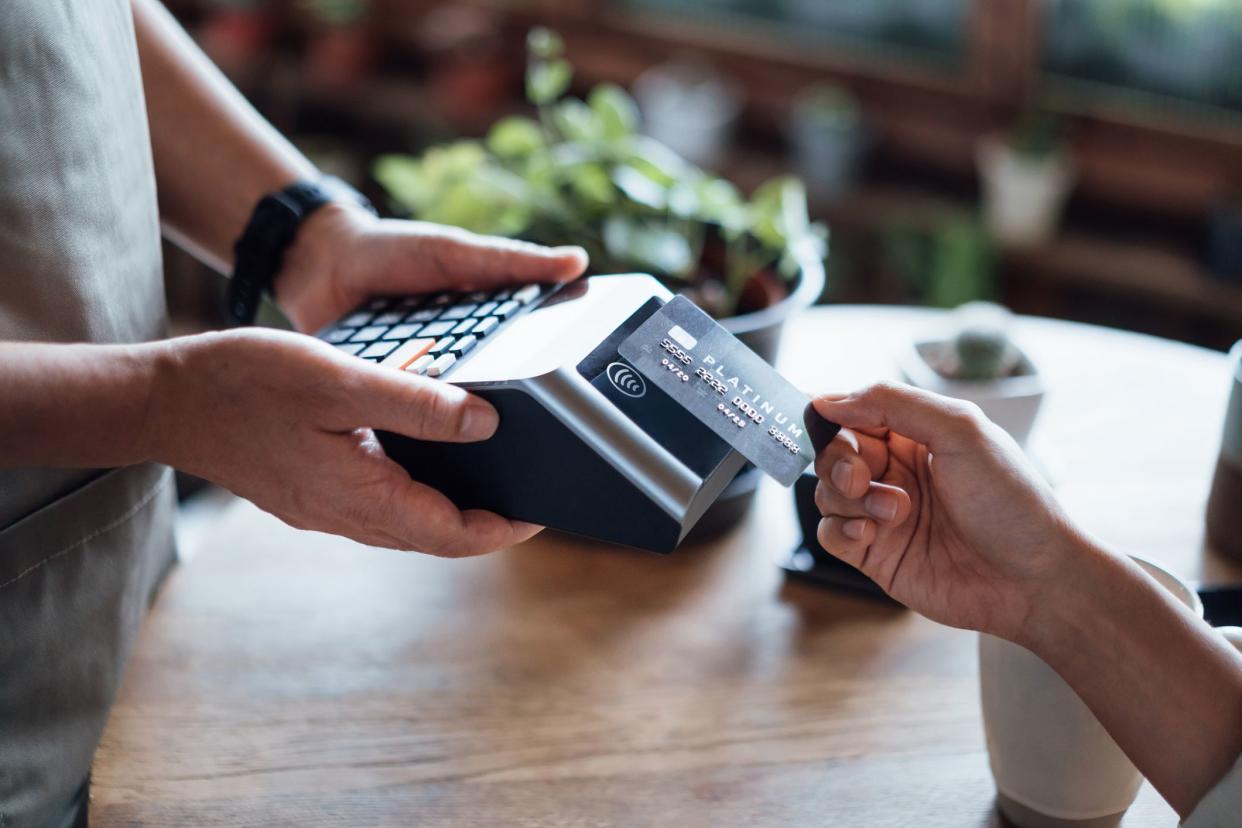
One way or another, more than half of survey respondents have changed how they use credit cards because of inflation. Twenty-seven percent said they are swiping their cards more often, while 22% said they are making a concerted effort to use credit cards more carefully.
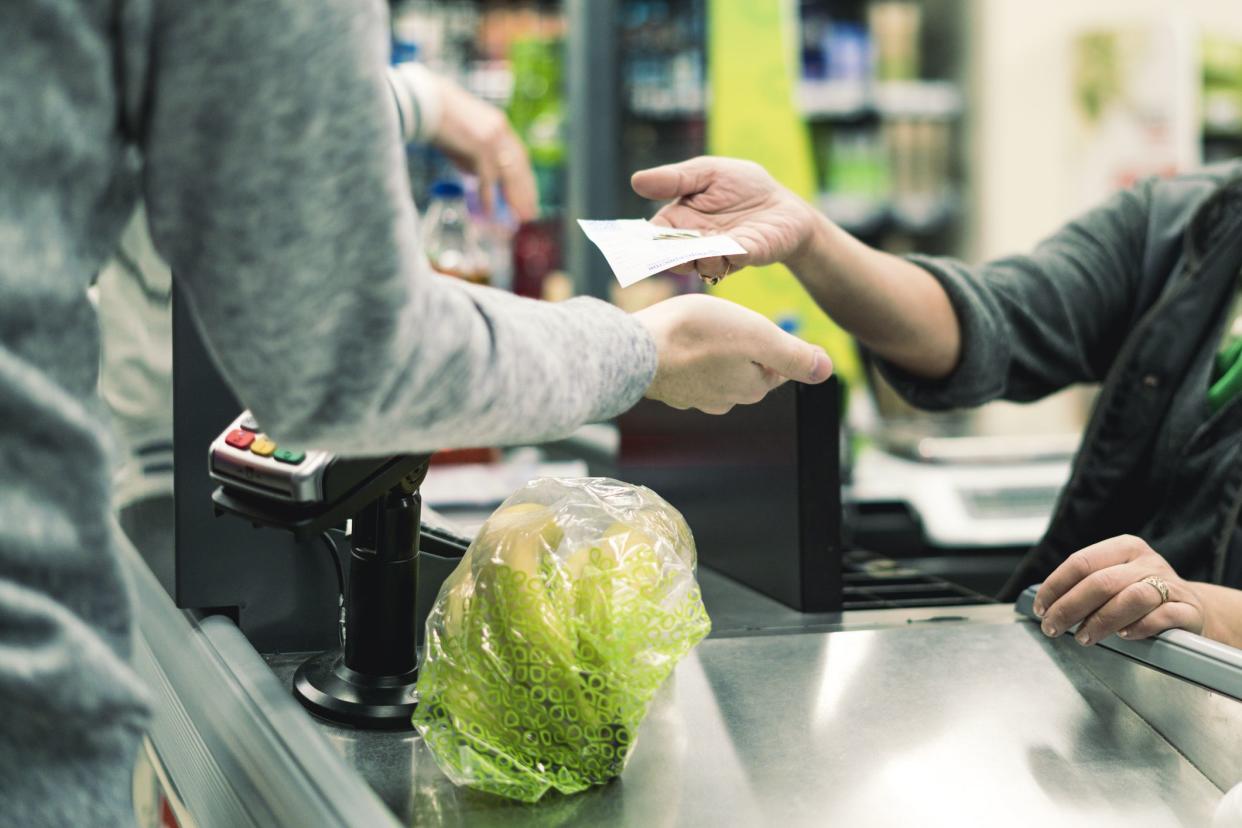
Like Cheapism's content? Be sure to follow us.
